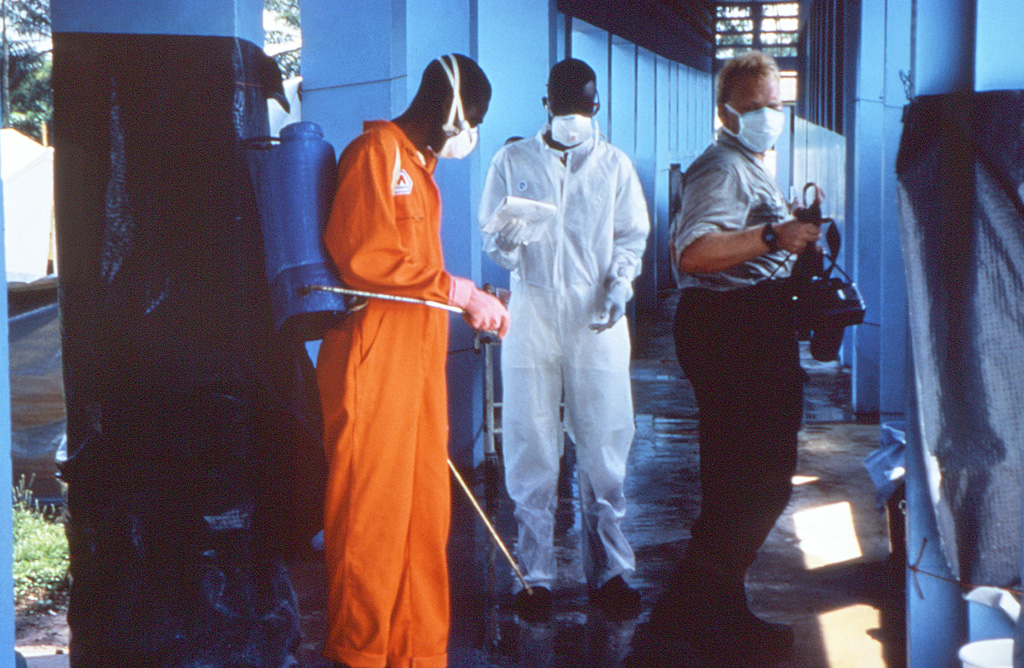Negativity spreads like a virus and just like any virus one must know the treatment for cases where negativity has spread and how to prevent future spread of it. It is particularly critical because many of these negative perceptions become the norm and the way the organization works.
CAUSES
Negativity mainly spreads through people; through the misconstrued or misunderstood or cynical perceptions of people. In a situation where most people may have a bright or hopeful outlook some individuals may build a negative perception and that's the origin point of the outbreak: as virologists would call Patient Zero.
OUTBREAK
Post the Patient Zero emerging it spreads to other individuals through interactions: 1 on 1 conversations, meetings, chats over lunch, water cooler gossip, trainings, emails, etc. And after this, it is very difficult to curtail the spread of it. Most cases there will be more than one Patient Zero so there will be multiple outbreak points.
TREATMENT
Conversations, Evidence, Data sharing to disprove the negative perception. A lot of reassurance is needed from managers and leaders thereafter on the issue. In some cases, strong emails dismissing negativity also helps. But most treatments aren't as effective and the outbreak causes widespread damage.
PRECAUTION
This is a more effective way of dealing with it. Major communication at the team, business or org level must be reviewed by managers and leaders to ascertain the possible negative perceptions that could emerge around it. Use of the Six Hat Thinking Technique is beneficial in this case: specifically the use of the Black Hat. It helps ascertain the possible roadblocks and problems and one can work out ways in which to address the situation.
FAQs, Service Desks, Feedback Forms, Townhalls, Discussions in Meetings, One on One chats different ways on the scale of increasing engagement that can be used to talk about the challenges and/or apprehensions.
PREVENTION
This is certainly great success rate in looking to prevent negativity from building and it comes from good practices one can follow at the workplace:
* Sharing positive stories on the matter and how it has worked in the past.
* Addressing common apprehensions and calming people even before they may get agitated.
* One on One conversations to get feedback on how it is affecting them.
* Identifying employee champions on the matter who can spread communication: oral or written form about the topic.
* Tracing as HR if there are certain constant negative elements in the organization and addressing their concerns through a structured intervention by senior managers and leaders.
* Creating an environment that is secure and open for people to share their apprehensions and treating them not as 'negative people' but as perceptive individuals and thereafter co-opting them to participate in alleviating the ill effects of the issue at hand.
With effective practices and proactive managers and leaders the virus of negativity can be kept at bay.


No comments:
Post a Comment